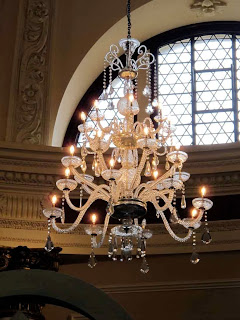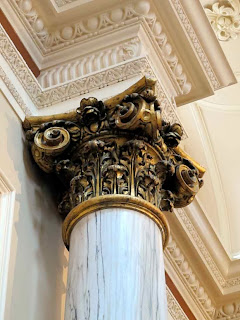The Roman Baths at Bath is the best-preserved ancient baths and temple complex in Northern Europe. I is here at the heart of the World Heritage Site of Bath, that the only thermal springs in the UK emerge from deep underground, bringing health and vitality to this beautiful city.
In the first century AD, the Romans chose this site to build the most dramatic suite of public buildings of Roman Britain. At the Roman Baths, visitors can see remains and ornate architectural fragments of the magnificent Temple of Sulis Minerva, Goddess of the thermal spring, and the remarkably well-preserved bath house frequented by residents and pilgrims nearly 2000 years ago.
Also on display are coins and curses thrown into the sacred spring as petitions to the presiding Goddess, inscriptions recording local people and well travelled pilgrims, and numerous other treasures unearthed through archaeological excavations over the past 300 years.
The Roman Baths at Bath are comparable in size to those of other major towns in the province but these specific baths are more complete and in places stand up to three meters high.
The rate of water flow is 13 liters per second which equates to about 250 000 gallons per day and the temperature of the water can reach up to 46 degrees Celsius.
There are 43 minerals in the water and you get to taste some of the water in the Pump Room once you have completed the tour of the baths. It is actual spa water and gets pumped up through a borehole below the Kings Bath. "Thank goodness, people don't use the the baths anymore - wouldn't want to drink that water :)" It has a distinct metal taste to it and of course it being hot water the taste is even more enhanced.
Calcium and sulphate are the main dissolved ions, with sodium and chloride also important. The water is low in dissolved metals except for iron which causes it to create an orange coloured stain. The bubbles which you can See with the naked eye in the Kings Bath is caused by exsolved gases escaping.
The water itself is colourless just like water out of your taps at home "depending on where you live, maybe not Mozambique" but it acquires a distinctive green hue as seen in the pictures from the algae growth caused by the heat and by daylight.
Eighteen silver pre-Roman coins have been found in the Sacred Spring. Most of them are coins of the local tribe, the Dobunni.
Some local teenage pop star was filmed here doing a children's show when we were there. Dru mentioned who they were, but It made no difference to me I was too in awe of the Baths and the Roman period to be worried about somewhat famous people...
At their simplest a suite of baths would comprise of an undressing room, a cold plunge bath and warm and hot steam rooms with underfloor heating (remember over 2000 years ago). Larger establishments like Bath also had the added sophistication of a sauna like room of intense dry heat.
These can been seen in the picture where is looks like there are piles of tiles stacked on top of each other. These tiles were actually purposely built like this underneath the floor and the hot water would flow through and warm the entire room to very high temperatures.
What a genius idea for the times...























No comments:
Post a Comment